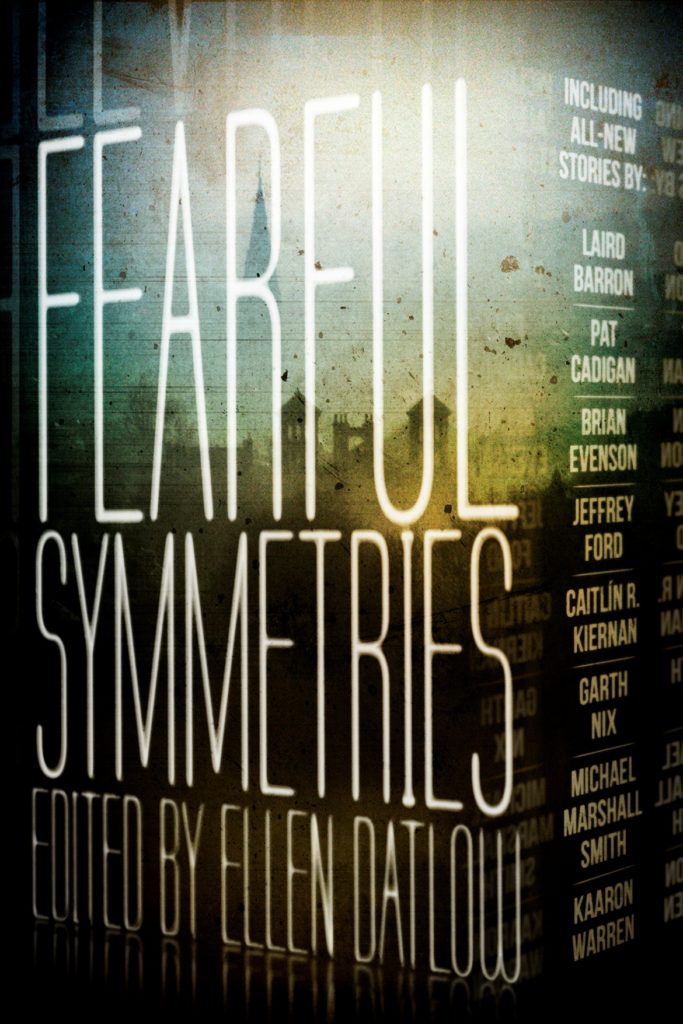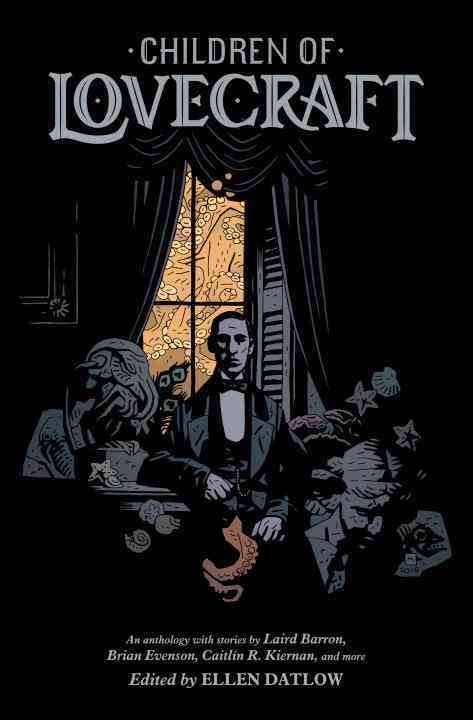 From Ellen Datlow, award-winning and genre-shaping editor of more than fifty anthologies, and twenty of horror’s established masters and rising stars, comes an all-original look into the beautiful, terrible, tragic, and terrifying.
From Ellen Datlow, award-winning and genre-shaping editor of more than fifty anthologies, and twenty of horror’s established masters and rising stars, comes an all-original look into the beautiful, terrible, tragic, and terrifying.
Wander through visions of the most terrible of angels, the Seven who would undo the world. Venture through Hell and back, and lands more terrestrial and darker still. Linger a while in childhoods, and seasons of change by turns tragic and monstrously transformative. Lose yourself amongst the haunted and those who can’t let go, in relationships that might have been and never were. Witness in dreams and reflections, hungers and horrors, the shadows cast upon the wall, and linger in forests deep.
Come see what burns so bright. . . .
